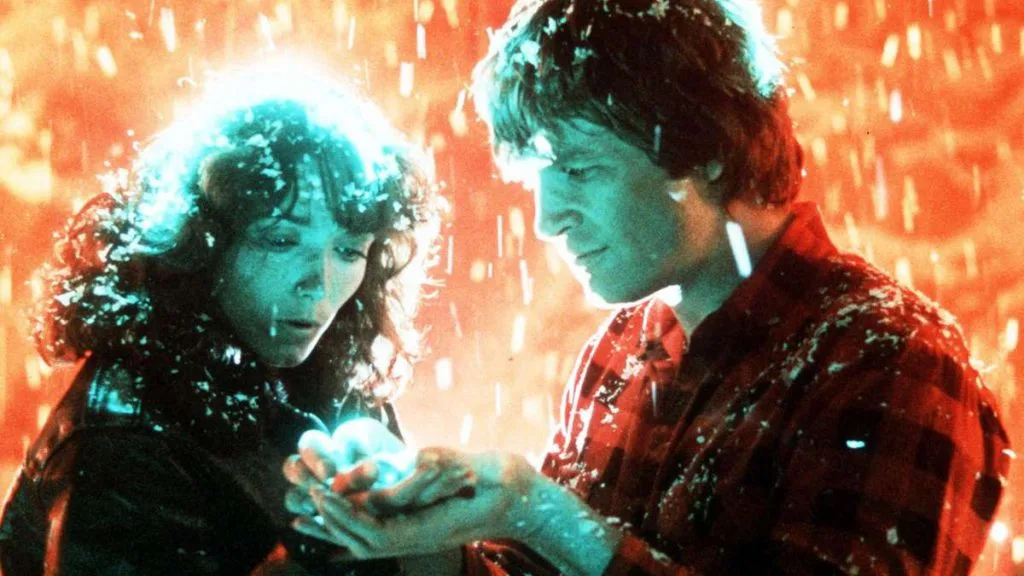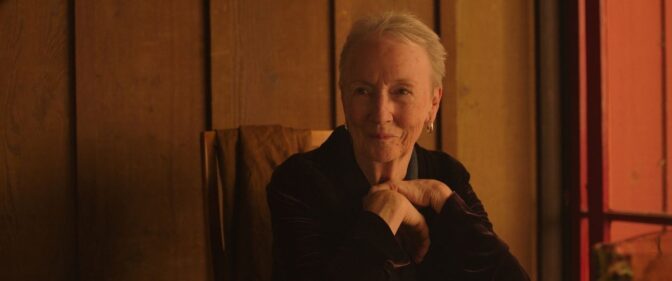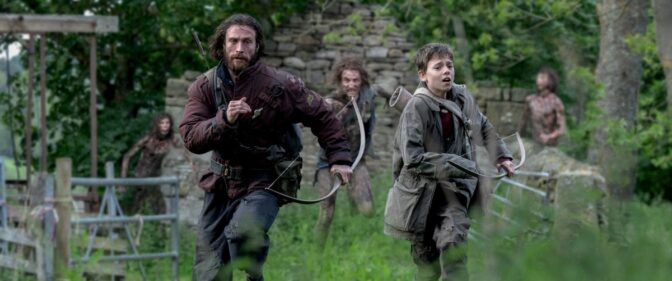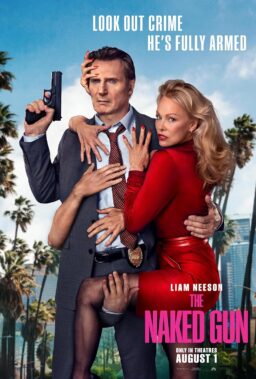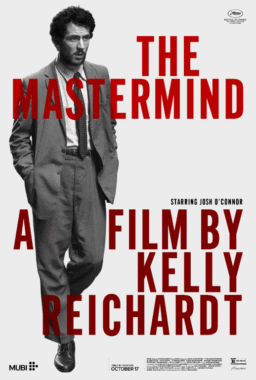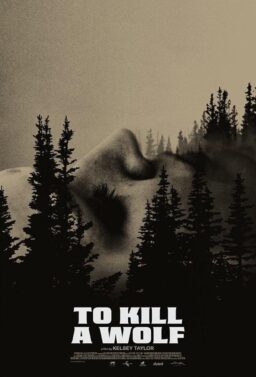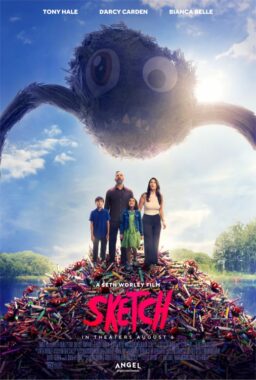John Carpenter’s “Starman” has lodged itself in my consciousness since I first saw it in 1984. I was eleven that Christmas, and there has not been a year in the last forty that I haven’t revisited this film at least once. It is, in many ways, the perfect film in my eyes – one that satisfies my desire for emotional catharsis, that reminds me of an America that aspired to knowledge for its own sake, that sees love as complex and painful but worth it all the same. I forgive it everything. It is a well of nostalgia for me, and I drink deep from it as I would a healing tonic. I know it by heart, and yet it is new every time. I saw it during the matinee of my movie-going experience where every film was good and, more, every film was “WarGames” or “Back to the Future” or “Enemy Mine”… when every film, in other words, was good. Even “Ladyhawke”; yes, even “Krull.” I saw it the same year I saw “Gremlins,” “The Karate Kid,” “Indiana Jones and the Temple of Doom,” “The Last Starfighter” for goodness’ sake. “Crimes of Passion” and “Body Heat” rewired me at home; “Amadeus” and “Stop Making Sense,” too. There is a period for the fledgling fanatic during which even the thought that there could be bad movies was ridiculous heresy: a gripe leveled by the ungrateful. I hoped I never got so old. When I watch Starman, I never did.
I was diagnosed late in my life with autism. In truth, I’d been aware there was something unusual about me for as long as I could remember, but everyone is unusual, aren’t they? I have often conflated my discomfort with being a minority, with having English as a second language, the learning of which was traumatic and unpleasant, and of just generally being a misfit toy on an island of the fully-functional variety. Having this diagnosis, though, does cause me to reassess why I’ve always been drawn to specific films: specifically fish out of water premises where the hero is too literal perhaps, maybe preyed upon for being too guileless or underestimated as simple for their ignorance and openness. When a friend asked me in college if there was anything I didn’t eat upon being invited over for dinner, I answered, “Ginger that’s in large pieces or Jell-O with fruit floating around in it.” I didn’t know why it was funny, but I was pleased it got a laugh. I suspect there are things between my wife and I that she has always thought were examples of my sense of humor over the course of our twenty-five-year marriage that are evidence of my autism. We’re very happy.
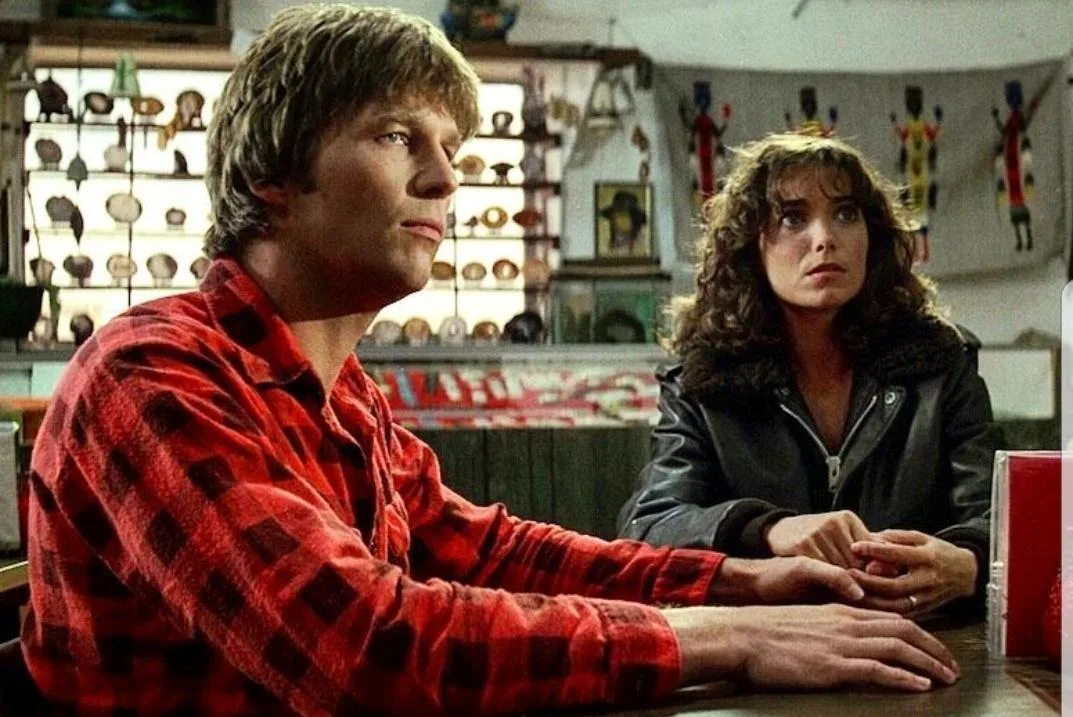
“Starman” appears in John Carpenter’s filmography as his follow-up to “Christine,” and the two films are inexorably intertwined in my sense memory. I was a King fiend in those years of late pre-adolescence, reading Night Shift cover to cover that summer of 1984 because my elementary school crush (everybody’s crush), Colleen Harrison, was reading it. (She had the “Children of the Corn” tie-in cover, Fritz Kiersch’s adaptation for which was also released in 1984.) Too young to see “Christine” in theaters, I saw it at home on VHS not long after I saw “Starman” and, as it happens, not long after I read King’s novel. For my money, Carpenter’s adaptation remains perhaps the truest if not necessarily best Stephen King adaptation: the same whiff of shaggy small-town fringes figures large in both King’s and Carpenter’s personalities so that using boogie woogie song lyric epigraphs and featuring characters comfortable in sweat-stained shirts downing cans of cheap beer feels entirely natural. “Christine” is beautiful, too, not just visually (which it most certainly is) but emotionally in understanding that its story is not located in the literal machinations of a jealous cherry red Plymouth Fury, but in how coming-of-age for young men often means growing apart and drifting away from friends you thought you’d have forever. I think what gets lost a lot in conversations about John Carpenter is how his acknowledged masterpieces “Halloween” and “The Thing” are dependent (and here he shares another quality with King) on the effectiveness of his characters as fully-fleshed, three-dimensional beings capable of love, of fear, and in the case of “Starman” and “Christine,” of longing so terrible it could break your heart if you let it.
The star of “Starman” is Jenny Hayden (Karen Allen), heartbroken, widowed, living alone in a remote cabin on Chequamegon Bay, Wisconsin, when a spacecraft is shot down in her neck of the woods. Its pilot, some form of sentient light, uses a lock of Jenny’s dead husband, Scott’s (Jeff Bridges) hair, to clone Scott so that his appearance to Jenny won’t be alarming. Her dead husband appearing one night in her living room is, of course, extremely alarming. He’s here because his people have discovered the Voyager II probe and deciphered its invitation to visit. Before Jenny passes out, “Scott” tries out the Mandarin and Russian greetings encoded on the Voyager’s disc. I learned about this satellite and its intent to be a welcoming beacon to any unknown intelligence it might encounter as a small child. I learned about hope from it, and our capacity to achieve incredible things for the sake of expanding our knowledge. It reminds me now of every single thing I believed that was good about this country.

‘Scott’ is persecuted throughout “Starman,” it’s true, pursued by the United States government that defaults to hostile alien invasion (indeed, there’s a strong immigrant subtext to this film). But there’s also a scientist, Mark Shermin (Charles Martin Smith), whose life’s dream has been to meet intelligent, extraterrestrial life. In films during this period, there was always this character: Francois Truffaut in “Close Encounters of the Third Kind” and Peter Coyote in “E.T.” The protectors. I loved them because they are the fulfillment of the promise of friendship and welcome embedded in the American Dream. Jenny is terrified of this thing in her husband’s clothing, and she’s forced at gunpoint to take “Scott” to a rendezvous point with his rescuers in Winslow, Arizona, in a few days’ time. I know this town, though I’ve never visited. Winslow. I heard it in a Johnny Cash song. In an Eagles’ song, too.
Jenny is one of the great screen heroines. She teaches “Scott’ how to drive, how to speak colloquial American English, how to begin to decipher the riddle of social interactions and human emotions. He starts his tutelage the same way I started mine: watching movies. His is a grainy 16mm home movie Jenny cries herself to sleep over every night—mine were things like “Starman” before I had a complete grasp of English and stuttered so badly anyway I was rendered essentially voiceless up to junior high. I overheard friends of my parents telling them one night their kids were no longer allowed to play with me for fear they would catch my speech impediment. I was ashamed by how much I had hurt them… my parents, I mean. I’m stunned to realize how sorry I still am.
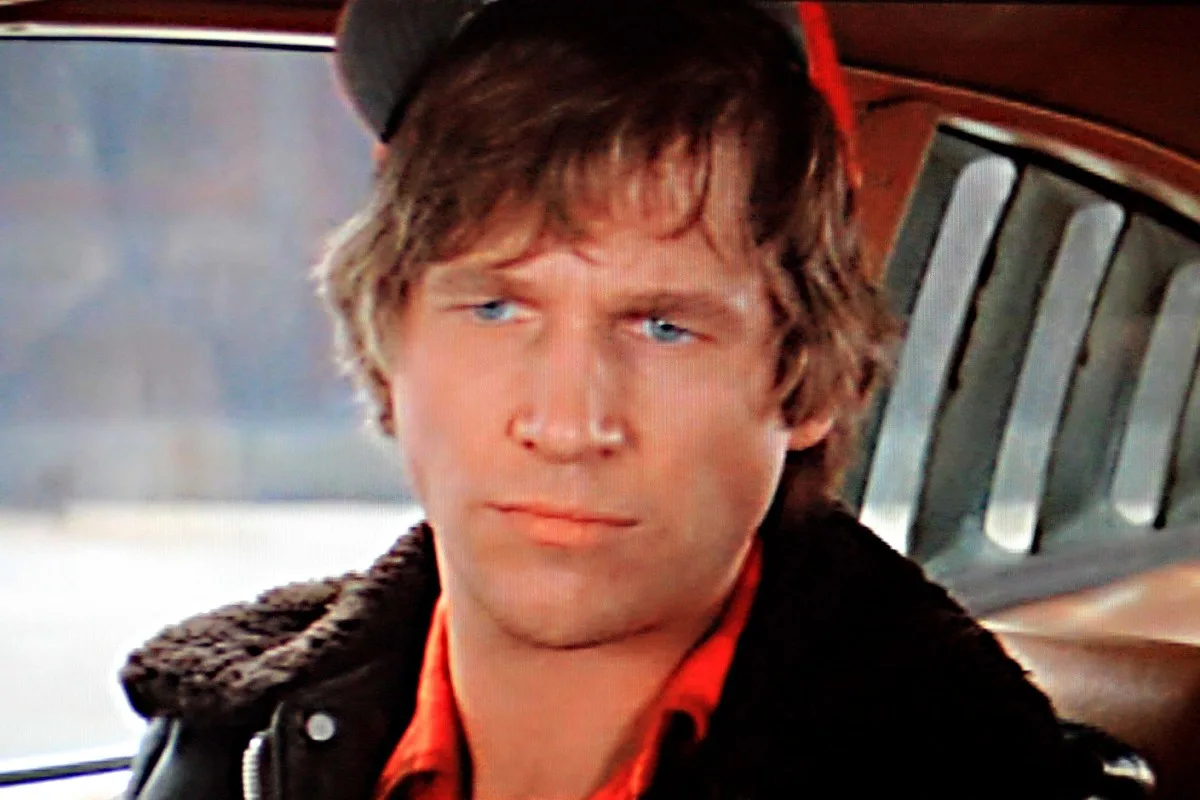
She teaches “Scott” how to swear, how to gives a thumbs up when eating terrific apple pie at a roadside diner, how to flip the bird when some knucklehead wants to start trouble. For his part, “Scott” speaks in an “off” cadence. He repeats phrases and mimics accents—like the folksy drawl of a short order cook (Buck Flower) he hitches a ride with towards the end of his trip. The cook likes him. Strangers often like me, too. I can find the frequency they vibe to, and I can echo the right sentiments at the right time. I have come to understand this character to be a sometimes unerring, if amplified, replication of my process as a child of learning assimilation through observation and mimicry; of learning to be accepted while trying to avoid notice. When I met my wife, I felt as though I’d known her my entire life. My memory began to put her in places and times in my life she could not have been. On our first date, I told her about a documentary I saw about a species of frog that carried its young on its back and she laughed I think because she didn’t know that I didn’t know that this is not what cool guys usually wanted to talk about with beautiful women.
There is a scene near the end of “Starman” in a souvenir shop outside of Winslow where Jenny notices “Scott” looking at her and rewards him by allowing him to look. She looks back. She sees him. Allen is transcendent here: so smart, so sensitive, courageous, resourceful, and imminently kind and patient. I was already in love with her after “Raiders of the Lost Ark,” but her Jenny is the prototype for a kind of companionate love that is reserved for only the very blessed. Two years after “Starman,” I would meet another variety of Jenny in Geena Davis’ nerdy tech-journo Veronica in David Cronenberg’s “The Fly,” also brilliant, also brave, and capable of loving another person through every stage of the ravages of illness and the indignities of age. Ten years after that, I went on a blind date with the woman who would be my wife because she saw me not for what I appeared to be but what I was. I start crying five minutes into “Starman” and I don’t stop until it’s over. It’s funny and exciting: it has all the hallmarks of the 1950s science fiction epics Carpenter so adores and it doesn’t look away from a stop-motion “child” in the midst of rapid-growth, nor an extended sequence in space among cunning models and mattes. It’s romantic, too, Jenny and “Scott’s” road trip courtship unfolding in standard “loathing-to-love” installments one could argue – but it’s really a character drama about a misfit marooned in an often-hostile world who manages to find the one person who recognizes his value as fully a human being and not a curiosity. It’s about grace. I will never tire of it.
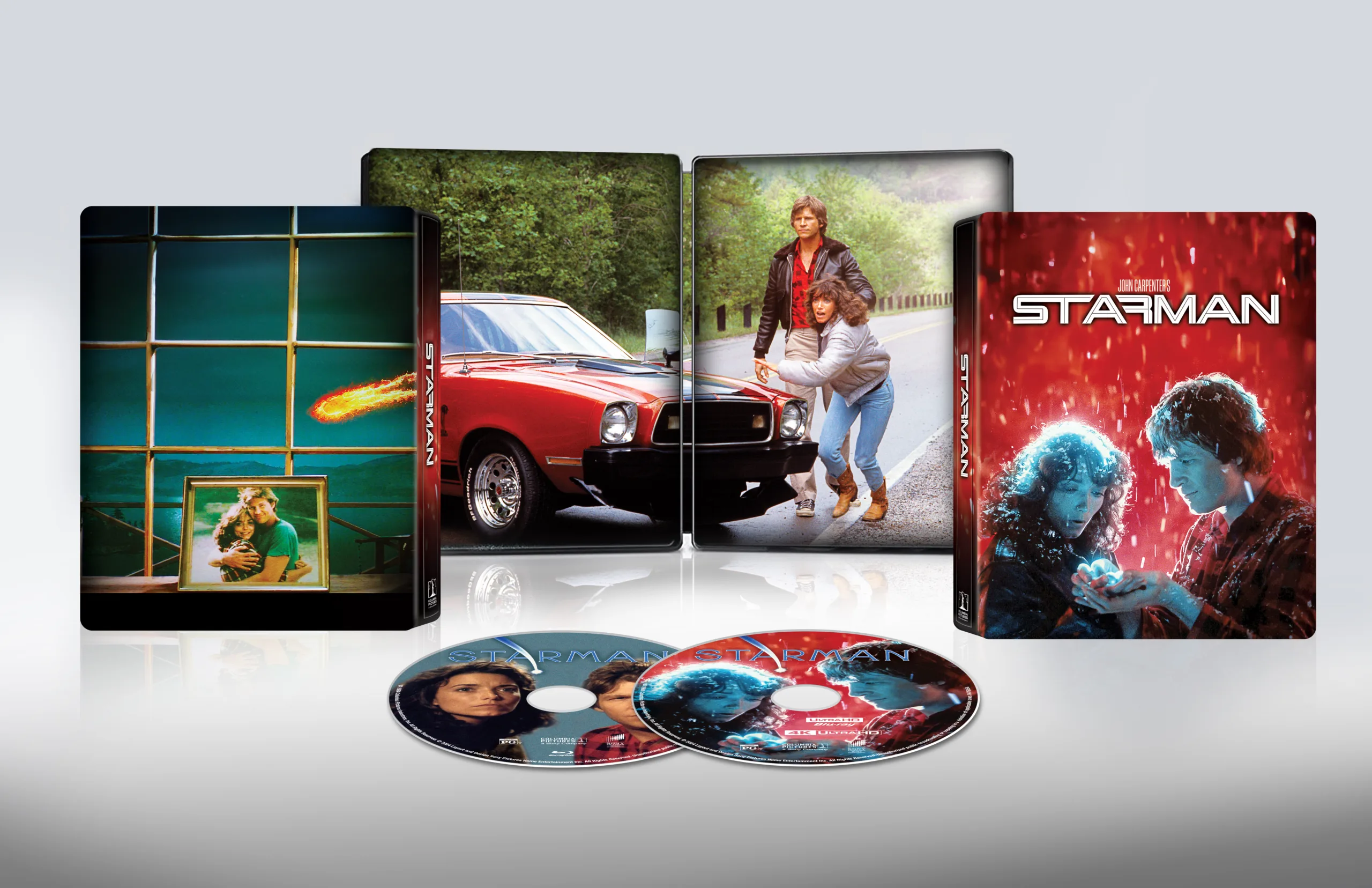
Columbia releases “Starman” this month in a gorgeous, at times breathtaking 4K presentation that presents Donald M. Morgan’s mastery of the Panaflex in a vivid, if occasionally dark-trending, video transfer that is lush and tactile. The detail, really, is incredible. Every chestnut hair on the deer “Scott” resurrects is legible as is every snowflake in the sudden storm that accompanies “Scott’s” spacecraft. The last shot of the film is held on a close-up of Jenny’s face as the light goes from blue to red to daylight, backlit so that her hair is haloed in a soft glow. I don’t know that I’ve ever noticed how sacred this image feels. I saw it opening night on what must have been a pristine 35mm print but was too busy being 11 to understand how lucky I was—watching it now for upwards the fiftieth time in my 53rd year, I feel like I’ve seen several visual elements of this film for the first time. Morgan was Carpenter’s DP on “Christine” as well and the two are among the best-shot films of the entire decade. The Dolby Atmos audio track is fulsome and generous with Jack Nitzsche’s iconic score (fans of the format know the real gravy is in the uncompressed audio mixes). Carpenter and Bridges’ commentary track is included on the Blu-Ray disc packed with the HD and twenty deleted scenes are invaluable to the devotee, but would have disrupted the absolute, no fat on these bones, economy of the final product. Various featurettes and making-ofs round out the must-have presentation.

